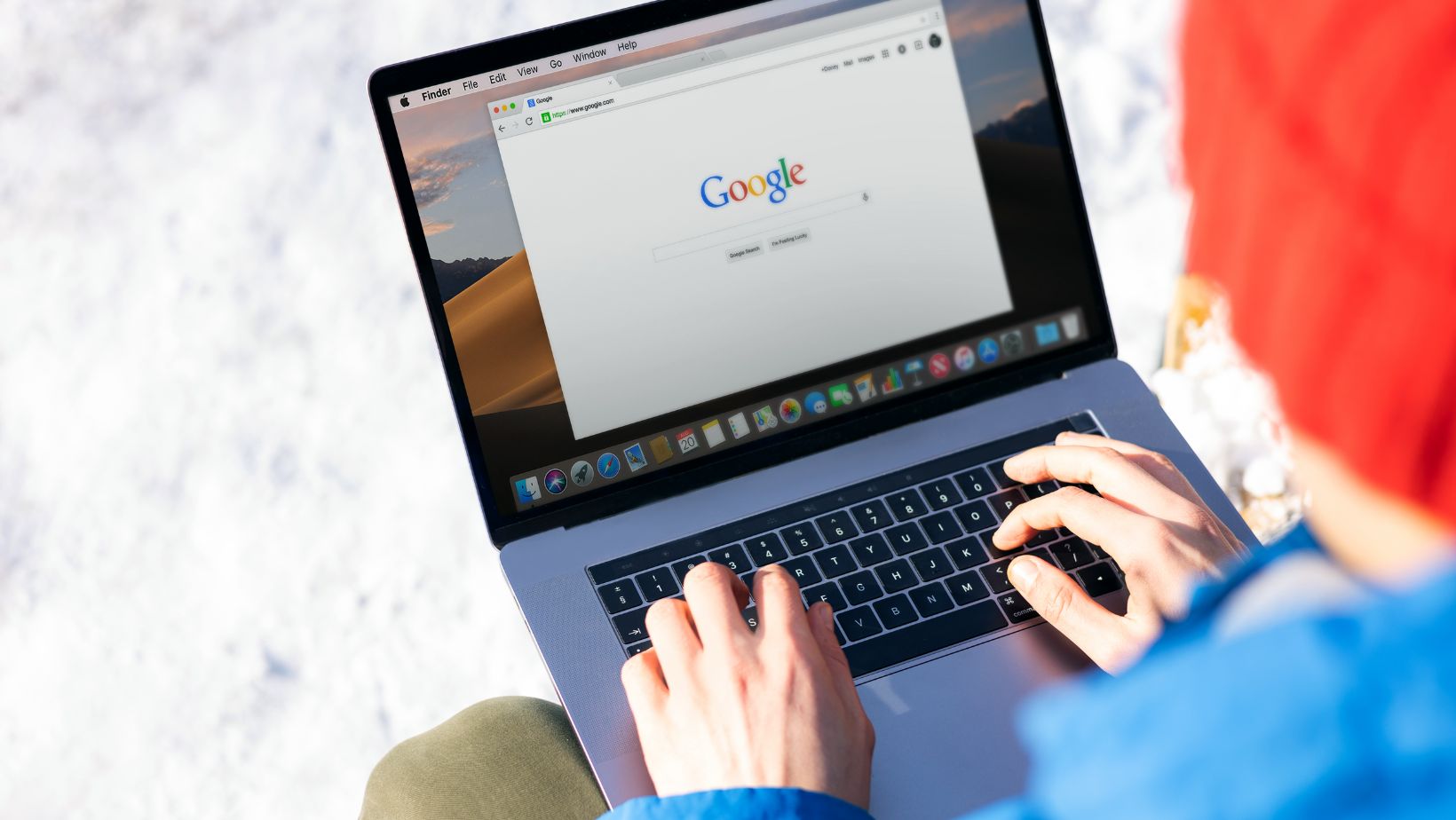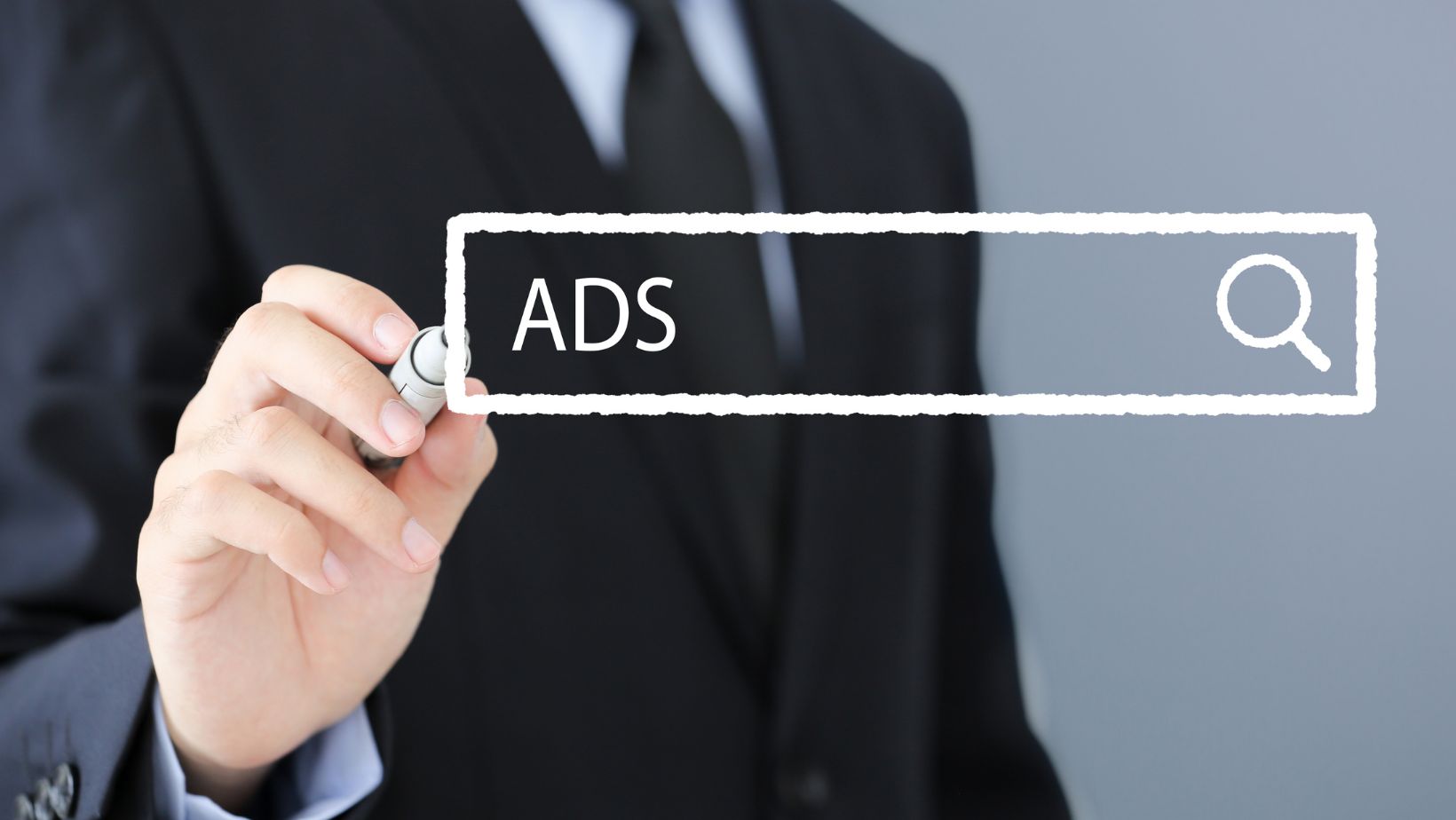If you’ve ever wondered, “How much does it really cost to advertise on Google?”, you’re not alone. Understanding Google Ads cost can feel like trying to predict the stock market—prices fluctuate based on competition, industry, and even the time of day. But don’t worry, we’re here to break it all down in simple terms.
The cost of Google Ads depends on several factors, including your industry, target audience, and bidding strategy. While some businesses pay just $0.50 per click, others in highly competitive sectors might pay upwards of $50 per click.
But here’s the catch—just because you pay more doesn’t always mean better results. Ad optimization and strategy are just as important as budget. And that’s where tools like WASK come in, helping businesses maximize ROI and get the most value from their Google Ads spend.
Let’s dive into everything you need to know about Google Ads pricing, advertising costs, and strategies to make the most of your budget.
What Determines the Cost of Google Ads?
The price for Google Ads isn’t fixed. Instead, Google Ads works on an auction-based system where advertisers bid for ad placements. Here are the key factors that determine how much you’ll pay per click:
1. Industry and Competition
- Some industries are naturally more competitive, leading to higher Google advertising costs.
- Legal, insurance, and finance-related keywords tend to have the highest Google AdWords cost, often exceeding $50 per click.
- Local businesses or niche markets often have lower Google Ads pricing, sometimes as low as $1 per click.
2. Keyword Competition & Bidding Strategy
- The Google Ads cost calculator helps advertisers estimate Google advertising fees based on keyword competition.
- Popular keywords cost more, while long-tail keywords (more specific phrases) tend to be cheaper.

- Advertisers using automated bid strategies, like those in WASK’s AI-powered optimization tool, can get better Google ad pricing with minimal manual effort.
3. Ad Rank & Quality Score
- Google rewards advertisers with high-quality, relevant ads by offering lower Google Ad cost per click.
- Ads with higher Quality Scores (a metric based on ad relevance, click-through rate, and landing page experience) often pay less for better placement.
4. Targeting Options (Location, Device, and Audience)
- Google Ads price per month varies based on geographic location, device targeting, and audience segmentation.
- Advertising in cities like New York or London may cost significantly more than targeting smaller towns.
- Mobile vs. Desktop: Mobile clicks can sometimes be cheaper or more expensive depending on competition in your industry.
5. Ad Format & Placement
- Display ads (image-based) often have a lower cost of advertising than Google paid ads in search results.
- Video ads on YouTube (part of Google Ads) generally cost between $0.10 to $0.30 per view.
- Shopping ads and Performance Max campaigns have dynamic pricing based on bidding models.
Google Ads Pricing Models: How Much Should You Expect to Spend?
1. Cost-Per-Click (CPC) Pricing
- You pay only when someone clicks your ad.
- Best for businesses focused on website traffic and conversions.
- Google ad price varies based on competition and Quality Score.
2. Cost-Per-Thousand Impressions (CPM)
- You pay per 1,000 ad impressions.
- Best for brand awareness campaigns.
- Pricing varies based on Google Ads packages and targeting options.
3. Cost-Per-Acquisition (CPA)
- You set a target conversion cost (e.g., $10 per sale/sign-up).
- Google optimizes bids to reach your desired Google Ads price per month.
4. Smart Bidding & AI Optimization
- AI-driven strategies adjust bids in real-time to maximize ROI.
- Platforms like WASK’s AI-powered Google Ads optimization tool ensure businesses get the best Google advertising cost per lead.
How to Lower Your Google Ads Cost & Improve ROI
Spending more doesn’t always mean better results. Here’s how to reduce your Google AdWords cost while increasing conversions:

1. Use AI & Automation for Smart Bidding
- AI-powered Google Ads optimization tools like WASK adjust bids in real-time, lowering CPC while increasing conversions.
2. Focus on High-Intent Keywords
- Instead of targeting generic, expensive keywords, use long-tail keywords with lower AdWords cost.
3. Improve Quality Score
- Optimize landing pages and ad relevance to get better placements at a lower cost.
4. Use Negative Keywords
- Prevent wasted spending by filtering out irrelevant clicks.
5. Test & Optimize Ad Creatives
- Run A/B tests using Google advertising costs data to improve ad copy, images, and headlines.
How WASK Helps Businesses Optimize Google Ads Pricing
WASK is a Google Ads optimization tool that helps businesses manage, analyze, and improve their ad performance. Here’s how it helps optimize Google advertising costs:
- AI-powered campaign management automatically lowers CPC while improving conversion rates.
- Automated bid adjustments ensure your budget is spent effectively.
- Ad creative analysis improves Google SEO cost efficiency.
- Competitor analysis tools provide insights to beat high-cost competition.
With WASK, businesses don’t just spend on Google Ads—they invest strategically to maximize their results.
Conclusion: Is Google Ads Worth the Cost?
Yes! When managed correctly, Google Ads pricing offers one of the highest ROI marketing channels. While Google advertising fees vary, businesses that use smart bidding strategies, automation, and optimization tools like WASK see significantly better results.
Understanding the cost of advertising on Google is the first step—optimizing it effectively is the key to success. Whether you’re spending $500 or $50,000 per month, ensuring every dollar is optimized will make all the difference in your ad campaign’s success!



